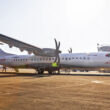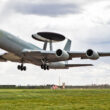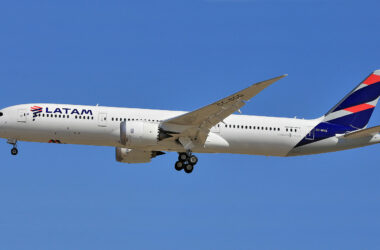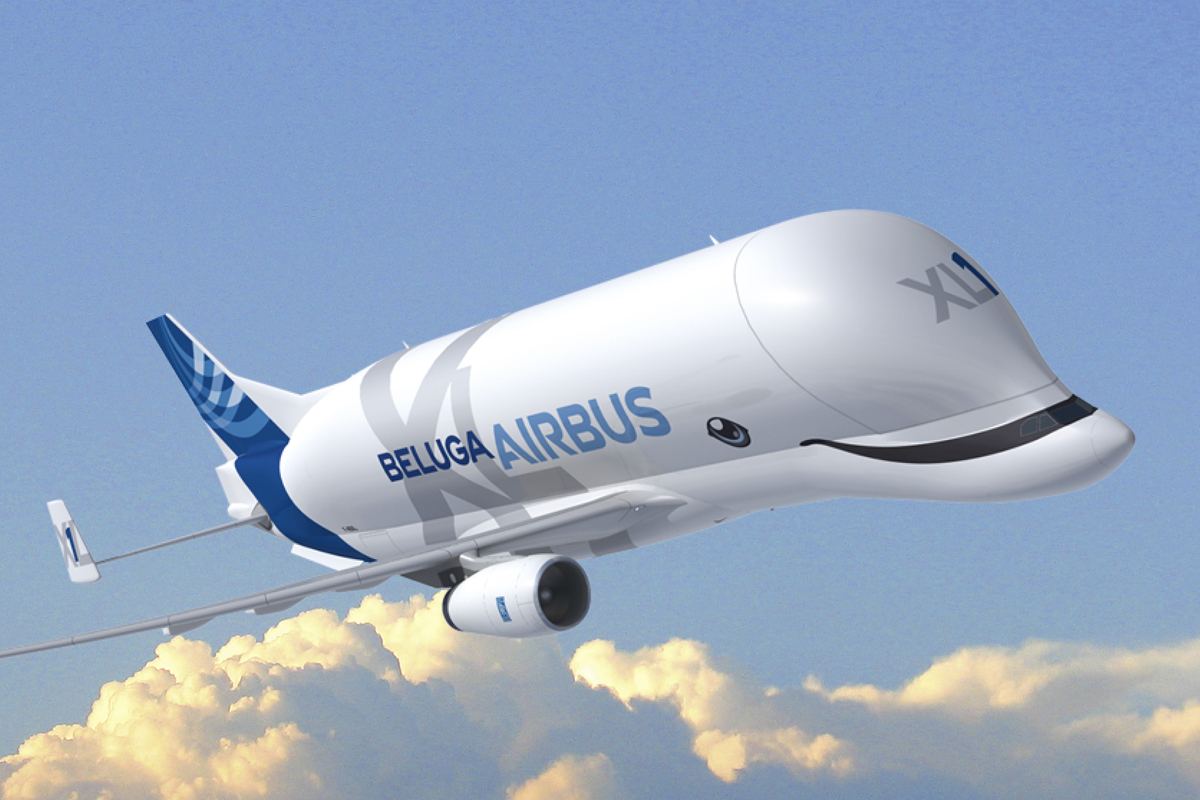The Covid-19 pandemic caused numerous impacts on commercial aviation and one of them was the expressive increase in air cargo, arising from the high demand for e-commerce.
Planemakers who previously considered the cargo transport segment as secondary began to see a way out for the drop in air travel. Several aircraft conversion programs are currently underway, but it is in a few years’ time that we will have a very different scenario from the current one.
Due to more intense environmental restrictions, the current cargo planes will cease to be produced from 2027, mainly affecting Boeing with the 767-300F and 777F.
Therefore, what was once unlikely has become a priority, the launch of cargo variants of new generation aircraft such as the Airbus A350 and the Boeing 777X.
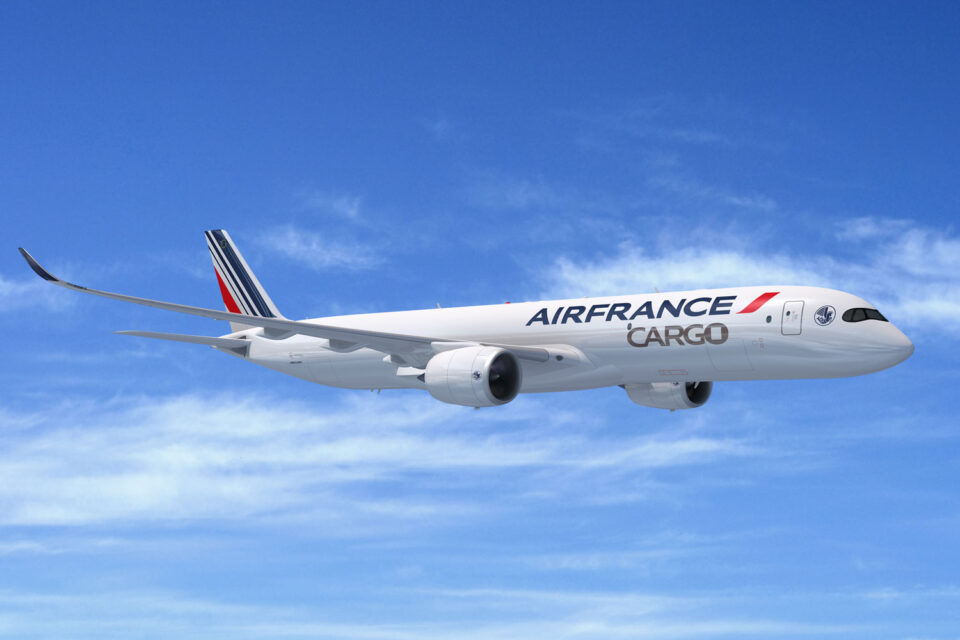
The European airframer launched the A350F in 2021, offering an aircraft that combines features of the 900 and 1000 versions. With a capacity to carry 109 tons, the new freighter will hit the market as early as 2025.
Boeing, meanwhile, unveiled the long-awaited 777-8F earlier this week with a massive order from Qatar Airways. The urgency for the new aircraft is such that the manufacturer has postponed the 777-8 passenger variant. Still, the 777X Freighter will enter service in 2027.
Now that the two new top representatives of Boeing and Airbus are known, it remains to be understood what they offer, although much of the technical data has not yet been released.

Dimensions
The 777-8F will inherit the title of largest cargo aircraft in production from the 747-8F within five years. The twin-engine is slightly larger than the A350F, but has wings with greater wingspan due to the extension system of its tips.
The fuselage width of the 777 is also much greater than the A350, with 6.2 meters against the Airbus’s 5.96 meters.
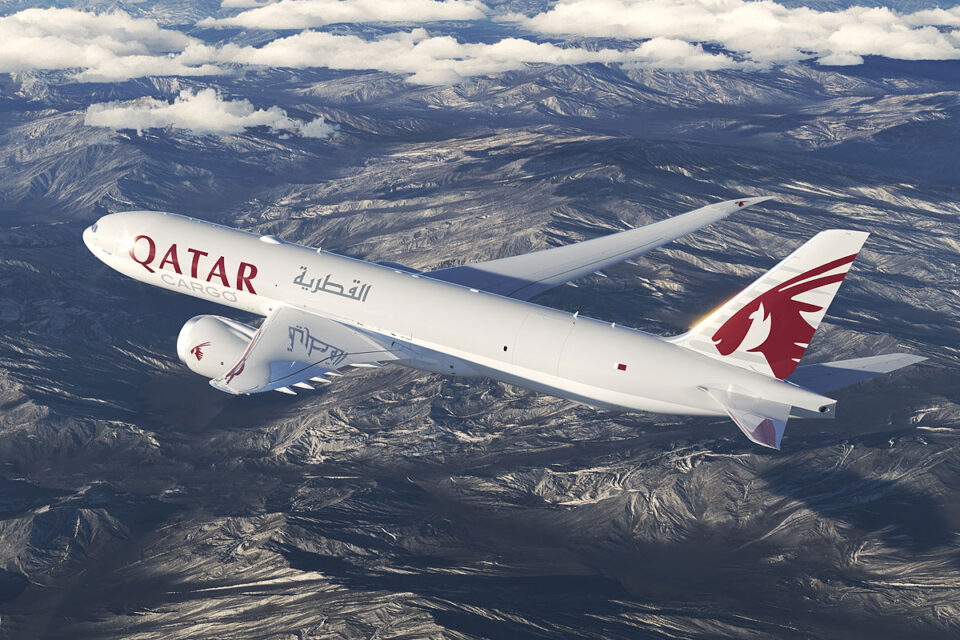
Capacity
Boeing initially announced that the 777-8F will be able to carry up to 118 tons, but on the company’s official website the information is lower, at 112.3 tons for a range of 4,410 nautical miles.
The A350F will be able to carry 109 tonnes at a slightly greater distance of 4,700 nm.
| Aircraft | Boeing 777-8F | Airbus A350F |
|---|---|---|
| Overall length | 70.9 m / 232 ft 6 in | 70.8 m / 232 ft 4in |
| Wing span | 71.8 m / 235 ft 5 in | 64.75 m / 212 ft 5 in |
| Height | 19.5 m / 64 ft | 17.1 m / 56 ft 1 in |
| Range | 8,167 km / 4,410 nm | 8,700 km / 4,700 nm |
| Max payload | 112.3 tonnes | 109 tonnes |
| MTOW | na | 319 tonnes |
| Cargo capacity main deck | 31 pallets 96 x 125” | 30 pallets 96 x 125” |
| Cargo capacity lower deck | 13 pallets 96 x 125′ | 12 pallets 96 x 125′ |
| Fuselage width | 6.2 m | 5.96 m |
| Entry in service | 2027 | 2025 |
Regarding the cargo hold, the Airbus can accommodate 30 pallets measuring 96 by 125 inches on the main deck and another 12 pallets on the lower deck.
The 777-8F takes advantage of two extra pallets, one on the main deck and one on the lower deck. Compared to the 777F, there are seven more pallets.
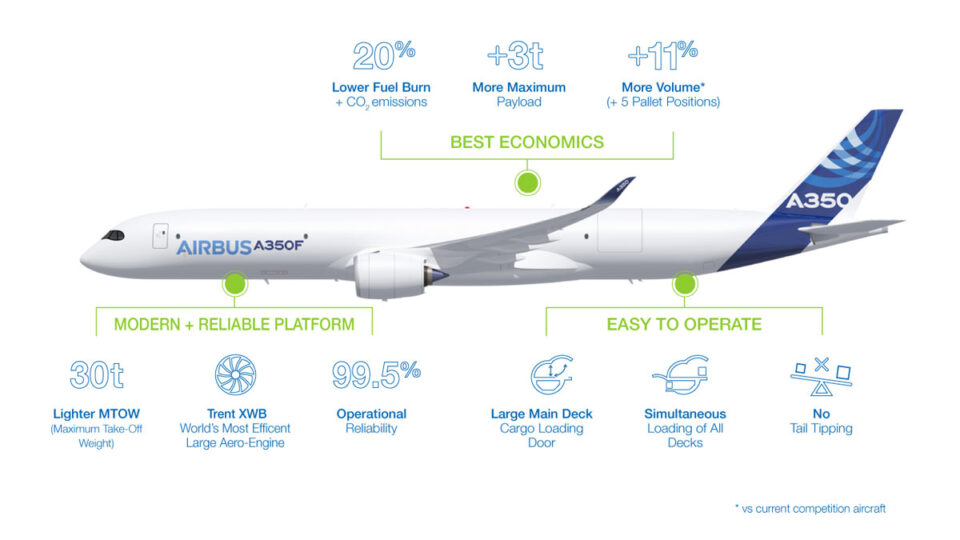
Performance
As explained, the Boeing freighter will carry more cargo, however, in a shorter distance than the A350F – 290 nm (533 km) less. The 777-8F will also have a significantly lower range than the 777F, which can carry 102 tonnes per 4,970 nm (9,200 km).
The 777-8F is also expected to have a much higher MTOW (Maximum Take-off Weight) than the A350F, which is 319 tons. Boeing has not yet released the information, but based on the MTOW of the 777F (348 tons) it is possible to imagine that the figure will be high.
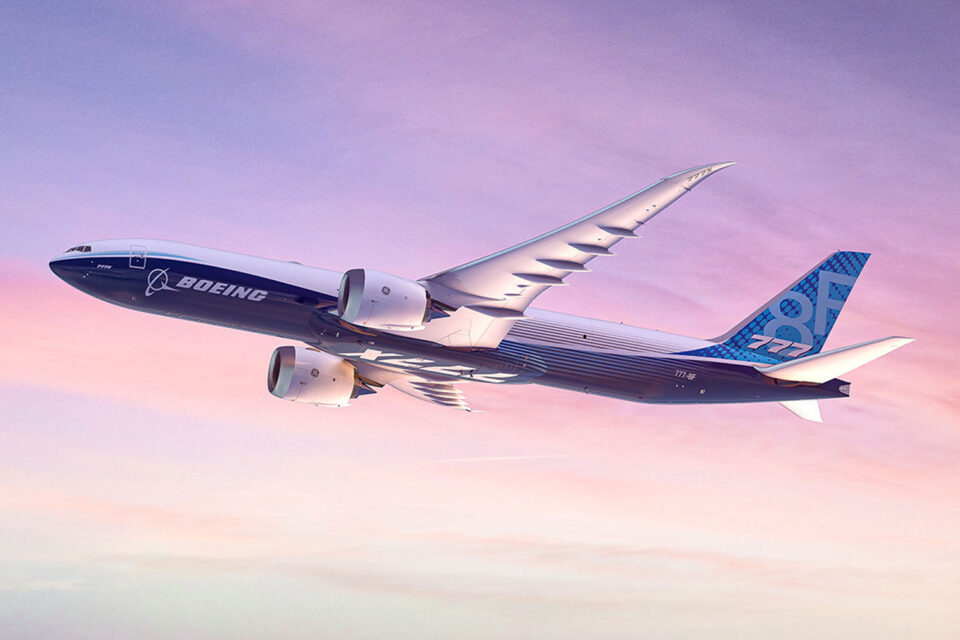
Entry into service
Without an attractive cargo aircraft, Airbus will benefit from putting the A350F into service as soon as possible. It also takes advantage of the fact that the A350 family has long been certified.
Boeing is not in such a hurry after all, the 777F continues to obtain orders and may be produced for the next five years, transitioning to the 777-8F.
But the US planemaker can’t have any further delays in the 777X certification program, otherwise its rival could end up reversing a game where it currently has the edge.


